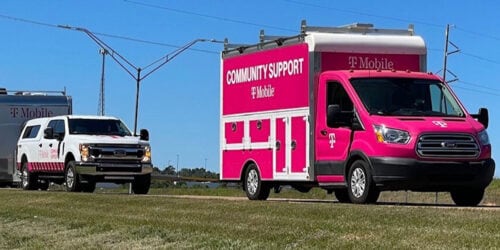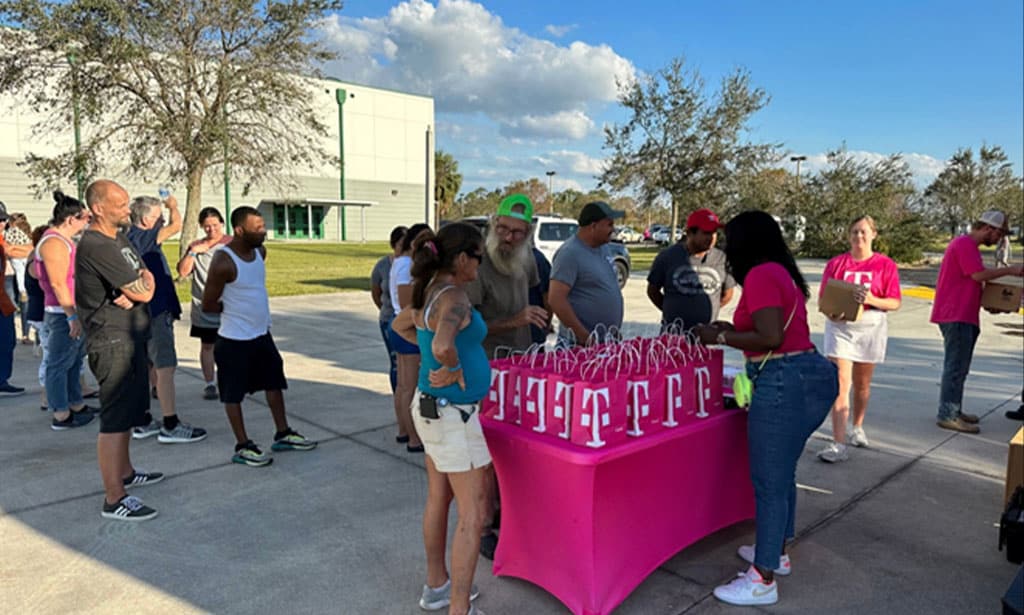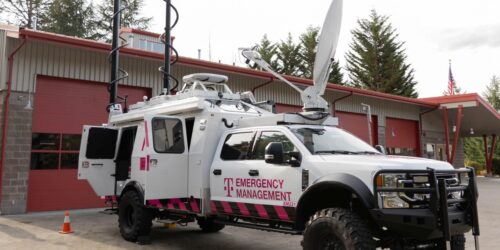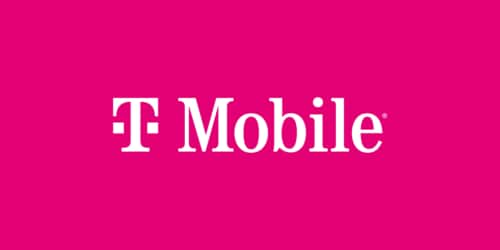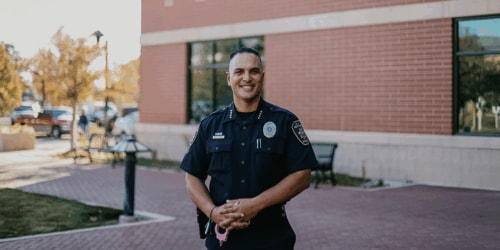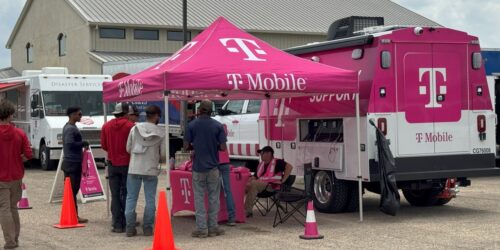Weather is more unpredictable every year. Communities in disaster-prone areas prepare for the worst, yet sometimes there’s no safeguarding from the force of nature.
Take Hurricane Ian, the fifth-strongest hurricane to make landfall in the United States. After pummeling Cuba, Ian recently hit the western coast of Florida as a Category 4 storm and made landfall again in South Carolina as a Category 1 hurricane. Ian caused widespread flooding, power outages and severe damage in communities that bore the brunt of the storm. More than 100 people have lost their lives.
This type of devastation might not make people think about the role of wireless companies. Yet as emergency response teams work nonstop to rescue people and provide food, water and medical care, connectivity is more important than ever. A wireless network is critical to relief efforts. It’s the gateway to resources and information, but more important, it’s a lifeline. Wireless isn’t just a utility, it’s the connection to our worlds. And as a provider of that service, we have an immense responsibility to ensure impacted communities have the connections and resources they need in the moments that matter most.
Days before Ian made landfall, our Emergency Management team was already staging portable cell sites and fueling generators that are now deployed to hard-hit areas. I am so impressed at how well our network held up when our customers needed it most. T-Mobile’s Community Support team members, in their Magenta trucks, are in Florida with Wi-Fi trailers and mobile command centers, offering devices and chargers to community members. We are also offering unlimited talk, text and data to displaced residents at emergency shelters, local schools and more.
Disaster recovery is personal to me. It was just over five years ago when I experienced devastation like this firsthand. A few days after Hurricane Maria leveled the island of Puerto Rico on Sept. 20, 2017, I arrived at an otherworldly scene of destruction. The Category 4 hurricane came less than two weeks after Hurricane Irma, a Category 5 hurricane, tore through the Caribbean and caused widespread flooding, crippling Puerto Rico’s already fragile electrical grid. After Maria struck, nearly 90% of the population lost cell phone service. Nearly 3,000 people were killed, and the island’s infrastructure was decimated.
People desperately needed shelter, food, drinking water and dry clothing. Without electricity, let alone a functioning cellular tower, Puerto Rico was essentially cut off from the outside world. It became abundantly clear that battered communities were counting on providers like T-Mobile to restore our cell towers and deliver communication equipment. Connecting people to their family and friends would give them a semblance of hope.
We’ve learned a lot since then about how we can help prepare for and respond to disasters. Since February 2019, T-Mobile has deployed emergency vehicles and equipment, teams of engineers and technicians to more than 57 disaster locations in the United States and Puerto Rico. Whenever and wherever communities need us, we show up with open hearts.
Amid the COVID-19 pandemic in 2020, for example, California, Oregon and Washington experienced one of the worst wildfire seasons on record. We created touchless drop-offs at shelters, and T-Mobile trucks with Magenta-clad volunteers provided the charging supplies and pre-lit devices to shelters and communities in need.
Unfortunately, catastrophic weather events like these aren’t easing up. The National Oceanic and Atmospheric Administration’s National Centers for Environmental Information found that in 2021 alone, the U.S. experienced 20 separate billion-dollar weather and climate disasters. The year before that, we saw 22.
The Environmental Protection Agency notes scientific studies indicating that climate change is leading to more frequent or more intense extreme weather events and conditions. That’s why the Un-carrier is proactively investing in infrastructure upgrades and expanding our fleet of emergency response equipment and vehicles. We’re also stationing critical personnel in communities before, during and after a disaster. And as part of Disaster Preparedness Month, we shared tips about how to create family emergency plans.
Technology is also helping emergency services professionals and companies like T-Mobile better anticipate natural disasters and provide vital resources. More wildfires have ignited in 2022 than in the past 10 years, scorching nearly 7 million acres to date, according to the National Interagency Fire Center. For first responders to gain the upper hand, it’s critical that we integrate smarter technology into the emergency response strategy.
One example is our collaboration with hurricane forecasting system StormGeo. This technology gives our Emergency Management Team access to the latest weather forecasts as they head to the frontlines. T-Mobile also teamed up with Pano AI to pair our 5G connectivity with their cameras, cloud platform and artificial intelligence to enable faster detection and response to wildfires. It’s amazing technology that updates fire and emergency professionals with near real-time information on a fire’s behavior and location, before it becomes uncontrollable.
T-Mobile has come a long way in how we prepare year-round for natural disasters and execute emergency readiness plans. The communities and the people we serve are very important to us, so no matter how big or small a disaster, our priorities and actions remain the same: Restore our network as quickly as possible and be a welcoming presence to anyone who needs us.

